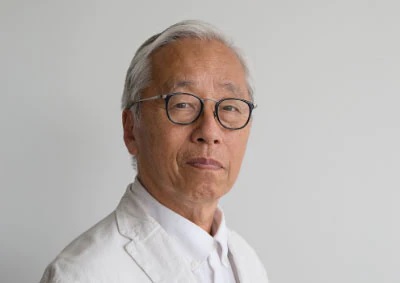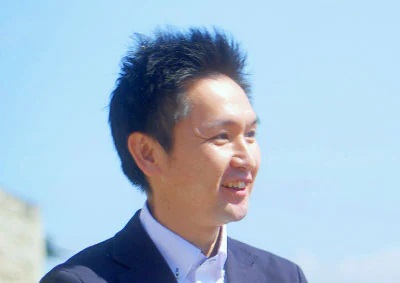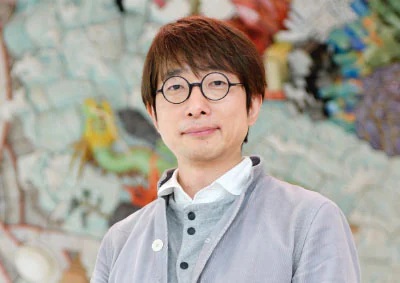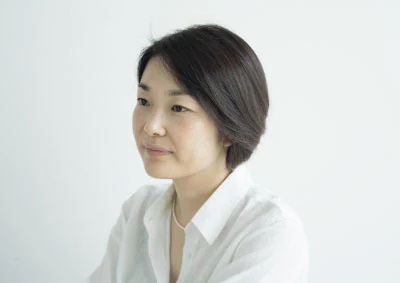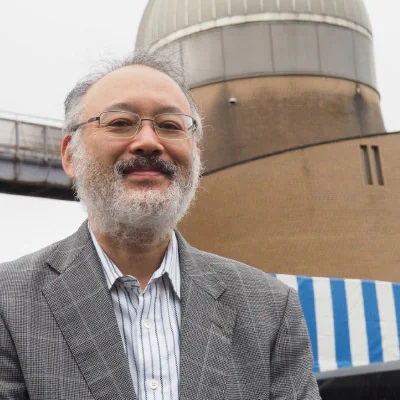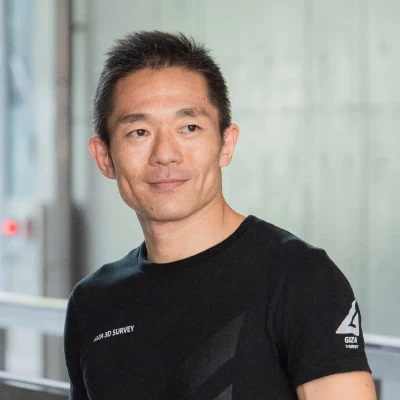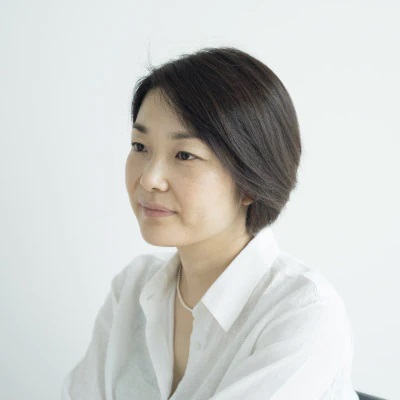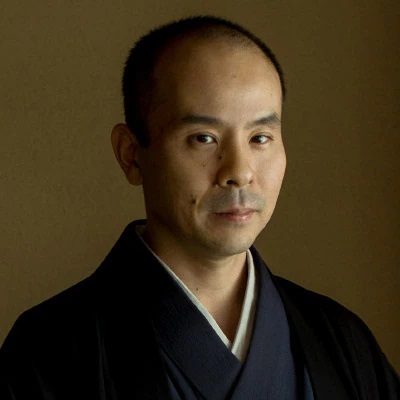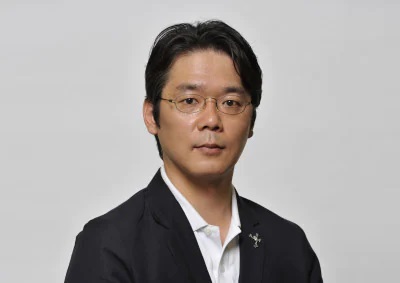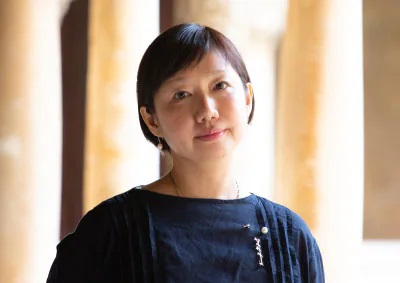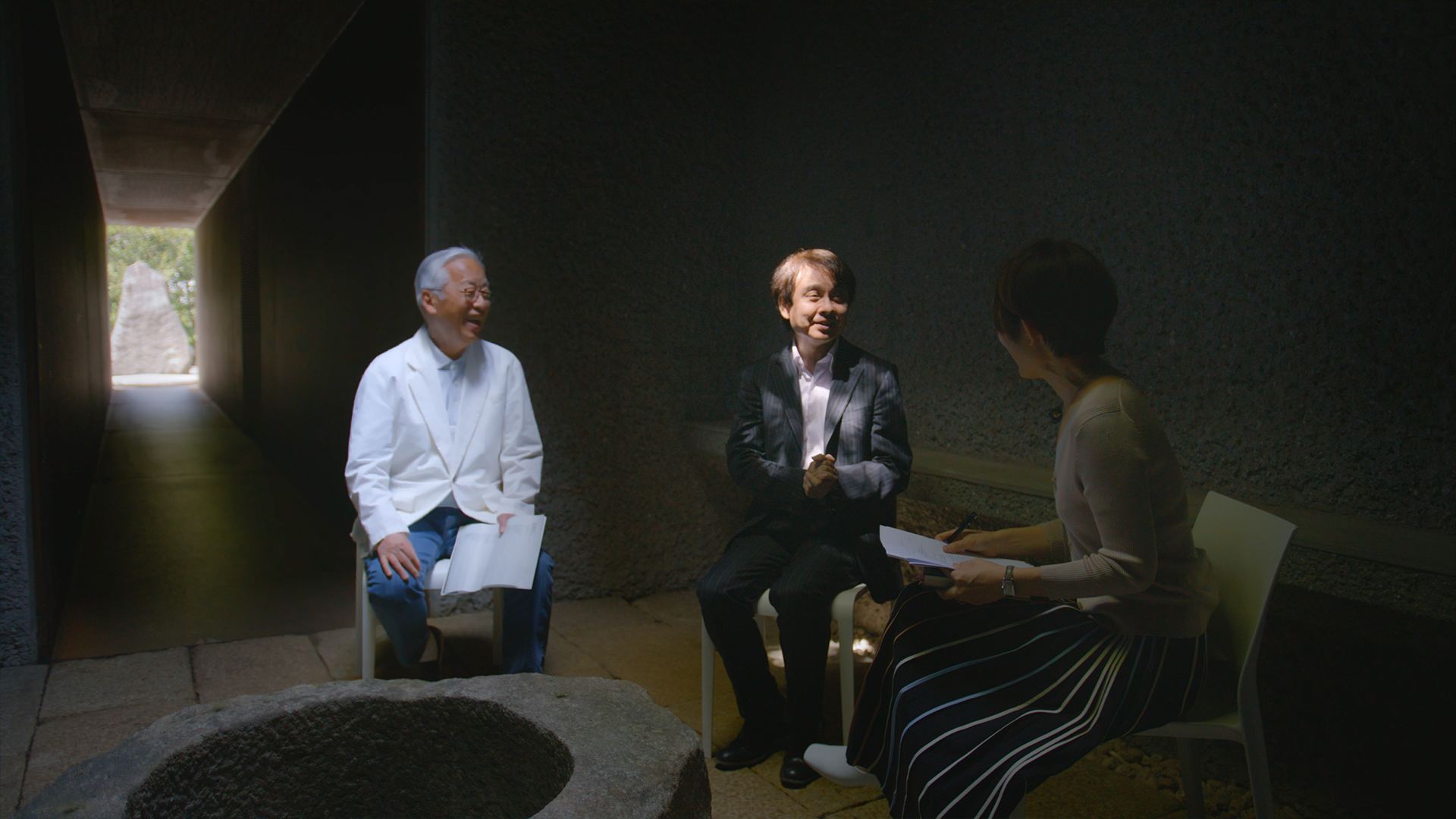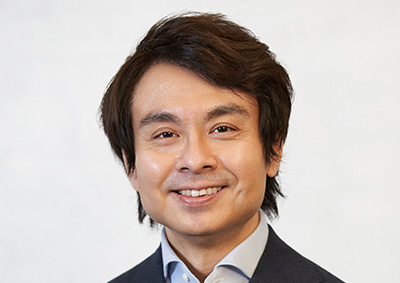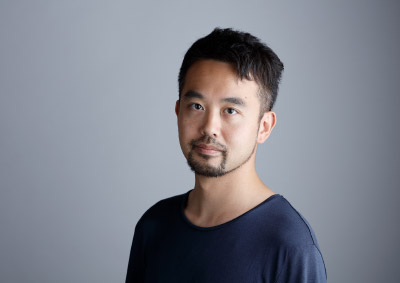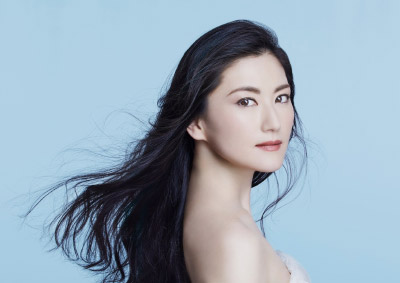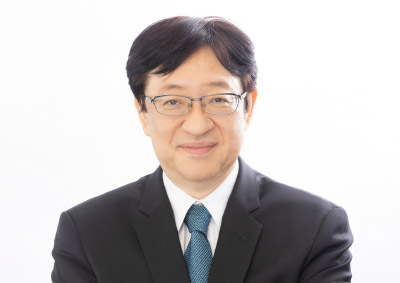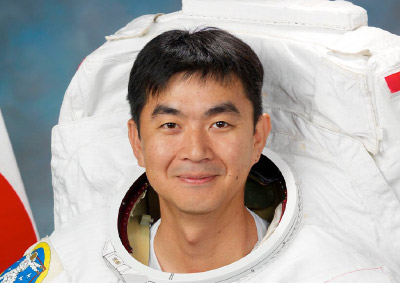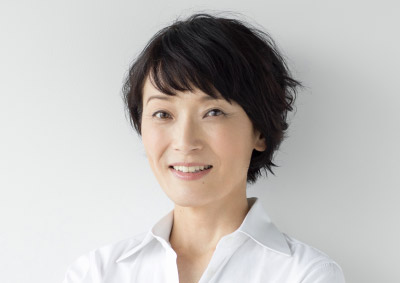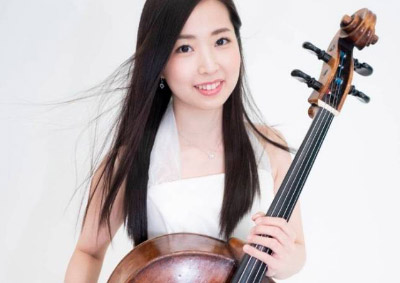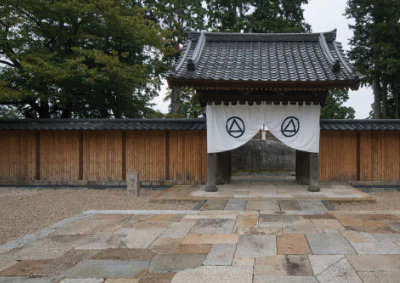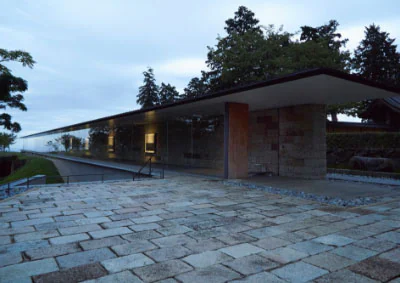Inspiring Space Experiences × Hiroshi Sugimoto
Creating "Art from Space perspectives"
STAR SPHERE will provide artists, creators, and members of the general public with opportunities
to create art in space using a satellite equipped with a camera made by Sony.
Our goal is to create new art based on "the space perspectives" by promoting creative activities.
As our first partner in this initiative, we have welcomed Hiroshi Sugimoto,
a world-famous contemporary artist who is involved in a wide range of artistic activities
with a focus on subtle photographic works and who has engaged in deep explorations of humanity and civilization.
Together with Sugimoto, we will explore the future of humanity and civilization from the space perspectives
and create art works based on "the space perspectives" utilizing our space camera.
Inspiring Space Experiences
×
Hiroshi Sugimoto
Creative work utilizing our space camera
Hiroshi Sugimoto will be creating art as the first user of our space camera. Sugimoto has previously created conceptual photographic works focusing primarily on the concepts of "time" and "story." What kind of art will emerge when he takes control of the space camera?
"From Science to Fantasy" - A dialogue series exploring "the space perspectives"
Until now, space exploration has hinged on science. In contrast, this STAR SPHERE will promote the utilization of space focusing on sensibilities such as beauty and inspiration.
This is a shift in values regarding space, from science to emotion.
When the perspective is liberated, and people can once again perceive space not just though science but though fantasy and their emotions, how will humanity, art and culture, and society and civilization evolve?
Contemporary artist Hiroshi Sugimoto designed the Enoura Observatory to be a "future historic site" that will last for ten thousand years and as a place where people can return to the origins of humanity and art and measure the distance between the world, space, and themselves. In this dialogue series, recorded at the Enoura Observatory.
Sugimoto looks at the theme of "from science to fantasy" in anticipation of creating art using our space camera. Sugimoto invites prominent figures from a vanity of fields to engage in deep explorations of "the space perspectives" that modern humanity in currently in the midst of acquiring, as well as the art, culture, society and civilization that will emerge from this acquisition.
Dialogue series
"From Science to Fantasy"
Creation of "Art from Space perspectives" to leave our emotional legacy for the future and space
From the dawn of humanity to the modern day, humans' thoughts have turned to space, resulting in the creation of various forms of art and culture. Along with daily life and animals from 20 thousand years ago, the ancient Lascaux cave paintings depict constellations. These paintings not only reveal the environments in which ancient human beings lived, but also provide valuable clues for those of us in the modern day to understand what they revered and found beautiful.
In the 60 years since humanity first reached outer space, a variety of images from space have been delivered back to us. Just as ancient people bequeathed their legacy to us though the Lascaux paintings, in addition to the data records that we leave behind, works of art created from our emotions will become valuable legacies for future human beings and the extraterrestrial life that we may encounter someday.
While inheriting the continuing legacy of art and culture from the perspective of looking up at outer space from the ground, which dates back to ancient times, one of Sony’s purposes in launching the Star Sphere project STAR SPHERE to unleash the space perspectives of space was to create new art and culture based on those perspectives.
In doing so, the first person who came to mind was photographer and contemporary artist Hiroshi Sugimoto.
Sugimoto is involved in a wide range of artistic activities with a focus on subtle photographic works and has engaged in deep explorations of humanity and civilization. We wondered if he might be willing to make art using the Sony space camera. Wouldn’t it be fantastic if he could explore changes in humanity and civilization from the space perspectives of space? These thoughts inspired us to reach out to him, and our collaboration began in June 2018.
The setting is the Enoura Observatory, which was designed by Sugimoto as "an observatory where visitors can measure the distance between the world, space, and themselves," as "a locus for disseminating art and culture inside and outside Japan where humanity and art can return to their origins," and as "a future historic site that will last for ten thousand years."
Here at the Enoura Observatory, together with Sugimoto, we will engage in deep explorations of the space perspectives of space and create works exemplifying art and culture from those perspectives.
Message from Mr. Sugimoto
"From Science to Fantasy"
This is the story of how Hiroshi Sugimoto, an artist who is continually creating the Enoura Observatory as his life's work, joined forces with Sony, JAXA, and the University of Tokyo, who want to help guide humanity into space, in the first attempt at entrusting an artist with the space perspectives. Ahead of the 2022 "space odyssey" when the satellite will be launched, I will host "idea sessions" to help us once again look back on the historical process that has brought humanity to this point in time and consider where we should head in the future.
Quite unlike the previous century when the future seemed so bright and hopeful, in this era, our very environment, the conditions of our survival, are becoming threatened. I would like us to use ventures into space as speculative journeys to explore the future of civilization and the state of technology.
Profile
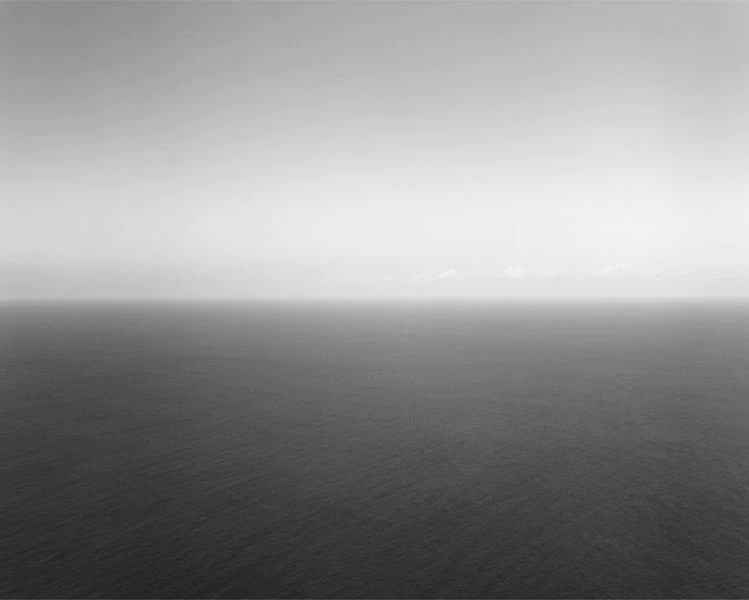 《海景》Sea of Japan, Oki,
1987
《海景》Sea of Japan, Oki,
1987
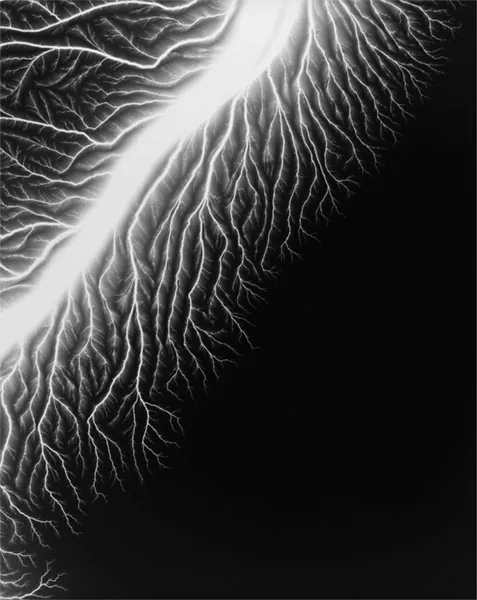 《放電場》Lightning Fields 128,
2009
《放電場》Lightning Fields 128,
2009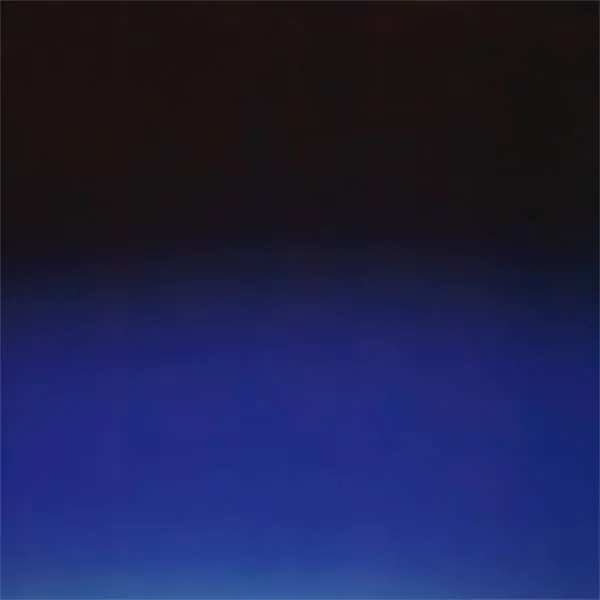 Opticks 008, 2018
Opticks 008, 2018
©Hiroshi Sugimoto/ Courtesy of Gallery Koyanagi
Hiroshi Sugimoto
Born in Tokyo in 1948. Traveled to the United States in 1970 and has resided in New York since 1974.
He has established himself in the global art scene through a wide range of activities spanning photography, sculpture, installations, theater, architecture, landscape gardening, writing, and cuisine.
Sugimoto’s art focuses on the themes of history and the transience of existence. In his art, he seeks to serve as a conceptual bridge across the gap separating East and West through his knowledge of empiricism and metaphysics, exploring subjects such as the nature of time, human awareness, and the source of consciousness.
His world-renowned works are housed in the collections of some of the world’s leading art museums, including the Metropolitan Museum of Art in New York and the Centre Pompidou in Paris.
Key works include his Seascapes, Theaters, and Architecture series.
 《海景》Sea of Japan, Oki,
1987
《海景》Sea of Japan, Oki,
1987
 《放電場》Lightning Fields 128,
2009
《放電場》Lightning Fields 128,
2009 Opticks 008, 2018
Opticks 008, 2018
©Hiroshi Sugimoto/ Courtesy of Gallery Koyanagi
Enoura Observatory / Odawara Art Foundation
Official site>The foundation exhibits a selection of Sugimoto’s artworks in the 100-meter gallery and presents events and programs on the outside Stone Stage and Optical Glass Stage. The Odawara Art Foundation looks forward to welcoming many guests to Enoura Observatory.




